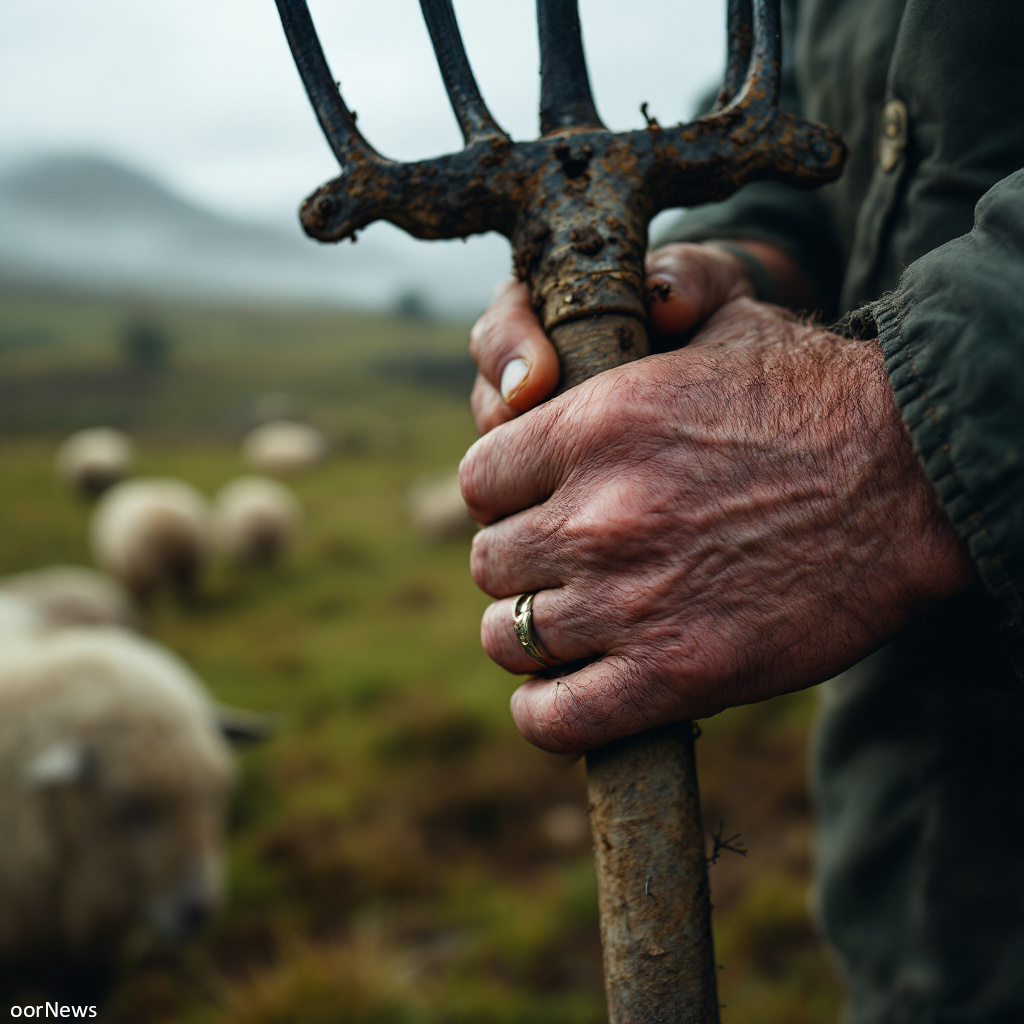Your cart is currently empty!

Scotland on High Alert as Foot and Mouth Disease Risk Rises

Scotland on High Alert as Foot and Mouth Disease Risk Rises
The Scottish Government has raised the risk level of foot and mouth disease (FMD) to medium following a troubling discovery in Germany. The disease was found in water buffalo in Brandenburg, prompting an immediate ban on imports of cattle, pigs, and sheep from the affected region. This decisive action aims to protect farmers, their livelihoods, and the nation’s food security.
Foot and mouth disease is a highly contagious virus that primarily affects cloven-hoofed animals, including cattle, sheep, and pigs. While it poses no threat to human health, the virus can spread rapidly through direct contact and airborne transmission, potentially devastating entire herds and flocks.
Scotland’s Chief Veterinary Officer, Sheila Voas, expressed her concern for the farming community. “We have not seen foot and mouth disease in Scotland since 2001,” she stated. Voas emphasized the importance of strict on-farm biosecurity measures and urged farmers to promptly report any signs of notifiable disease. Recognizing clinical signs early is crucial, especially since sheep may not always display obvious symptoms.
Agriculture Minister Jim Fairlie reassured the public about the government’s preparedness. He highlighted robust contingency plans, tested during Exercise Blackthorn in 2018, which simulated a large-scale outbreak. Fairlie urged livestock keepers to remain vigilant and reminded them of their legal obligation to report any disease suspicions to local authorities.
Farmers are encouraged to source animals and germinal products responsibly, ensuring compliance with health regulations. Keeping imported animals separate from the rest of the herd is vital until they are confirmed disease-free.
For further information on foot and mouth disease and biosecurity guidance, visit www.gov.scot/footandmouthdisease. The Scottish Government remains committed to safeguarding livestock and ensuring the agricultural sector’s resilience against this threat.